The best iPhone lenses in 2025
We've been testing telephoto/zoom, macro and wide-angle lenses for your iPhone
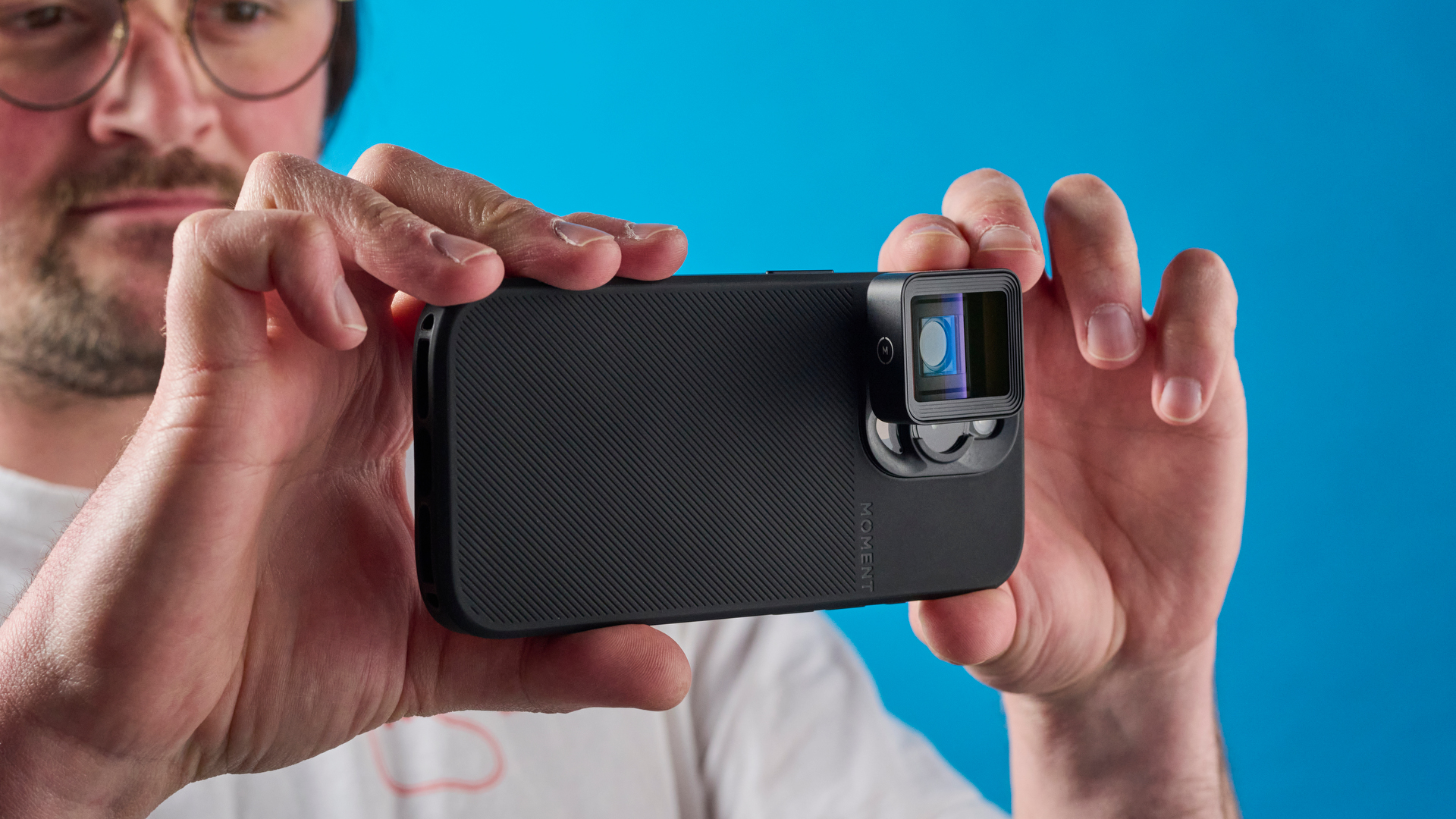
The best iPhone lenses can quickly boost the quality of your smartphone photos and videos.
Although Apple phones are some of the best phones around, packing the latest and greatest in smartphone camera technology, neither the iPhone 17 Pro nor the iPhone 17 Pro Max have dedicated have dedicated fisheye or macro lenses, nor their own anamorphic lenses for ultra-wide cinematic content straight out of camera.
That's why a dedicated telephoto lens from the likes of Sandmarc or Moment could extend that range even further optically (without the need for digital zoom). Check out our guide to optical vs digital zoom to find out more about that!
I've been putting some of the best iPhone lenses to the test, to help you find one that's well made, easy to use, and won't break the bank. They don't have to be perfect, in fact, sometimes I like it when the optics aren't as you can add some creative flair to your photos. So whatever you're trying to snap, I've found an option for you.

Peter is the Reviews editor at Tom's Guide and also oversees cameras coverage across the site, from the latest medium format beasts, through to powerful mirrorless cameras, action cameras, instant camera-printers and, of course, iPhone lenses. He loves photography and camera gear, and previously worked as an editor for Canon EMEA's editorial site. He has a wealth of experience testing and using photography gear of all types.
The best iPhone lenses: Quick list

Moment makes our favorite iPhone lens kit overall. They're built well, deliver sharp results and can be used with multiple smartphones. They're pricier than rivals, though.
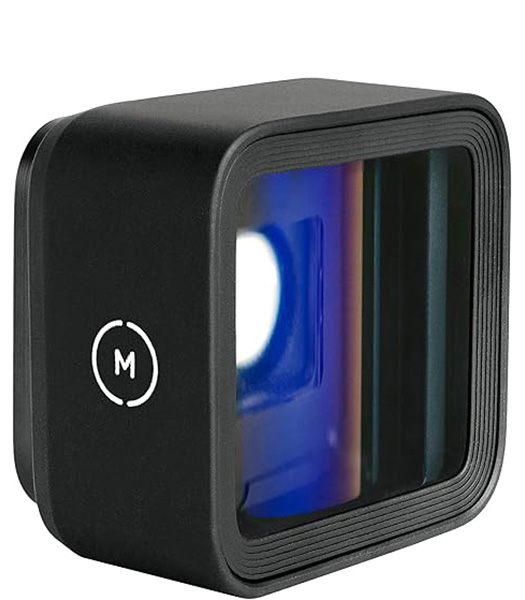
Moment's anamorphic lenses are our top choice for video, combining the cinematic look and lens flares of anamorphic lenses with great build quality and versatility.
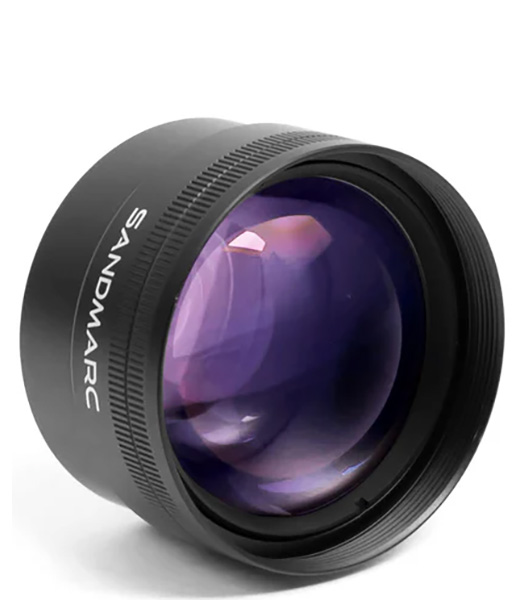
Sandmarc goes toe to toe with Moment in most areas, but the Sandmarc tele lens edges it with sharper images than both the Moment lens and smartphone tested, all for a lower price.
Best iPhone lens available right now
Why you can trust Tom's Guide
Best iPhone lens kit
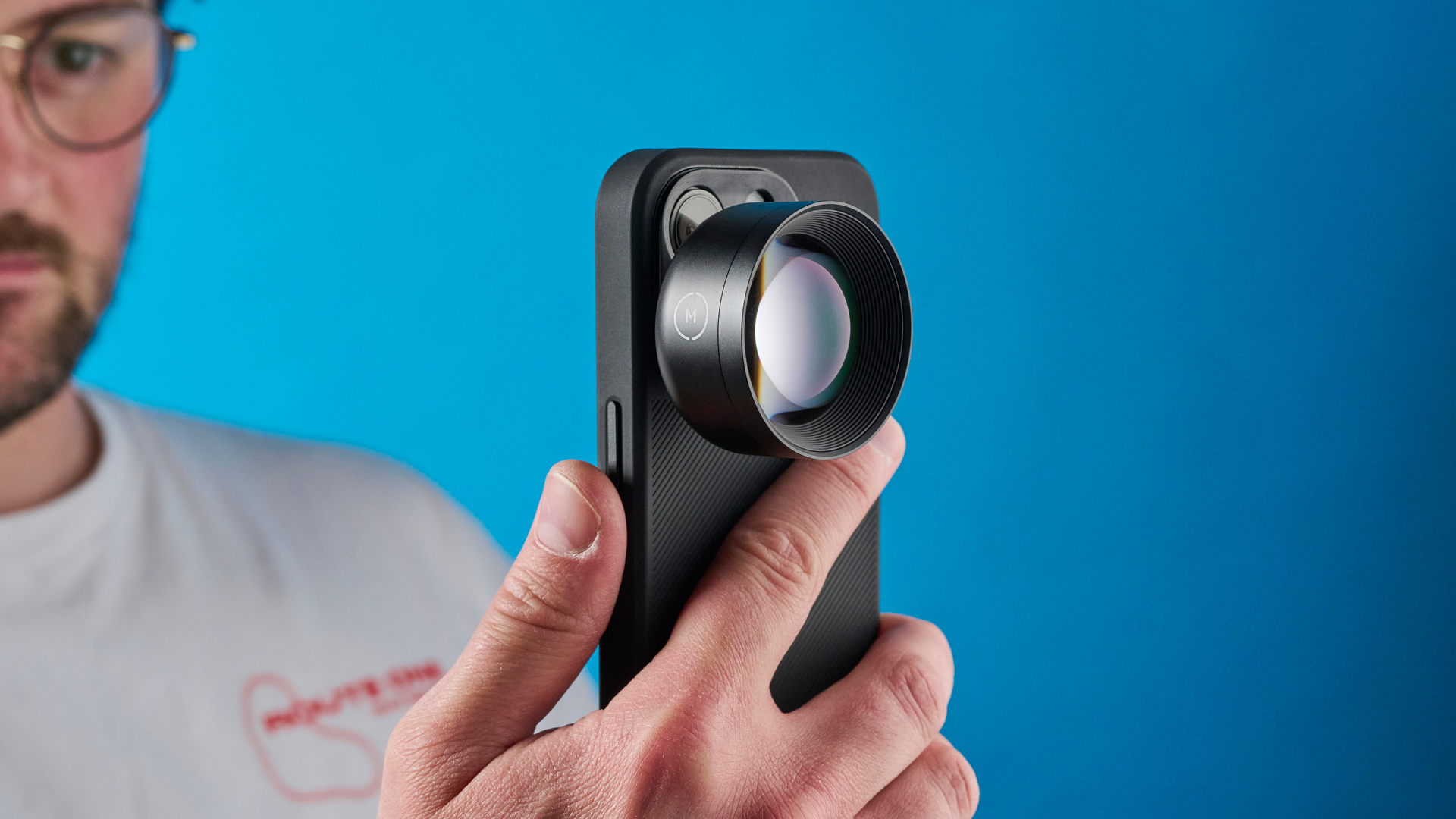
Specifications
Reasons to buy
Reasons to avoid
Moment's T-Series lens kit is our top pick and features the best iPhone lenses around. Each of Moment’s smartphone lenses boast premium construction and great image quality. Made with aerospace-grade material and hand-polished glass that is also used for high-end 4K film lenses, Moment’s lenses are designed really well.
You can get a lens for virtually any genre of photography — choose from the Tele 58mm, Wide 18mm, Fisheye 14mm and Macro 10x lenses. With a dedicated Moment case or a drop-in lens mount, all you need to do is twist these lenses on and you’re good to go.
They’re very easy to use and while some of them are weighty, they’re never too heavy, so you can comfortably hold your phone in one hand. Each of Moment’s T-Series lenses costs between $130 and $150, making them pretty expensive.
Add on another $50 for a case (which works much better than a clip on mount) and Moment's incredible iOS app for $9, and you're looking at upwards of $200 all in. However, while expensive, we believe that Moment makes the best iPhone lens kits overall.
This is because they provide the same great image quality as Sandmarc, but offer higher levels of compatibility and can be used with a variety of phones, such as Samsung, Google Pixel, and OnePlus. Moment's iOS app also offers way more creative control and pro features versus the standard iPhone camera app, and you'll find yourself using it for photography even when you aren't using Moment's lenses.
One thing we don't like is Moment's case mounting system. While this is a secure way to mount and align lenses correctly, the lenses have blades on the bottom which twist lock into the phone case and sit right on top of the iPhone's built in lens.
This risks scratching your phone's lenses, so we much prefer Sandmarc's lenses in this respect, which us a screw-thread system instead of blade and don't come as close to the phone lens.
Nevertheless, despite some minor issues, Moment’s lenses are a perfect way to focus on fun and frame your world, and they can give your smartphone photography a boost without the need for bulky gear.
Unlike Sandmarc and ShiftCam, Moment also offers a fantastic smartphone app on iOS, which offers lots of manual control and helps you get the most out of its lenses.
- Read our full Moment iPhone lens review
Best iPhone lenses for video
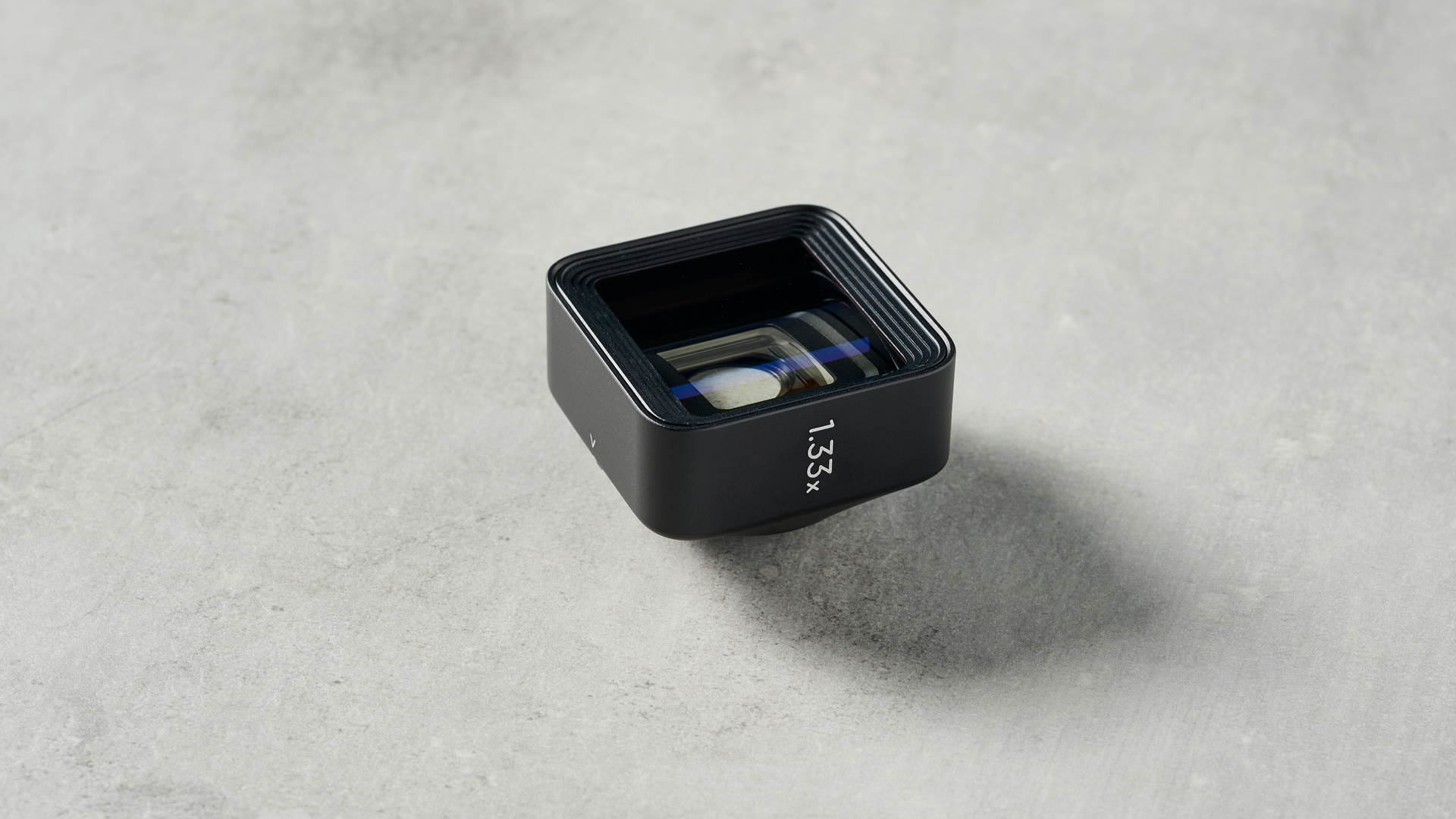
Specifications
Reasons to buy
Reasons to avoid
Moment's T-Series Anamorphic lens is the best iPhone lenses for video, especially if you're after an awesome cinematic effect. As anamorphic lenses, the T-Series 1.33x and 1.55x lenses squeeze footage. When squeezed, everything is much taller while staying the same width. What's the benefit of that?
Well, when you de-squeeze the footage so that everything in frame looks normal, you're left with a super wide letterbox aspect ratio, without having had to crop your frame to get it (which means losing resolution). The 1.33x lens results in a 2.4:1 ultra-wide aspect ratio, while the 1.55x lens results in an even wider 2.76:1 aspect ratio, which looks truly cinematic.
To de-squeeze footage, you'll need to either shoot using the Moment iPhone app, which does it for you as you shoot, or use post production software to de-squeeze it later.
We'd opt for the Moment camera app, which is fantastic and gives you lots of awesome pro features, such as manual control over exposure, a histogram, LUTs and focus peaking.
It's an epic app that is way better than the standard iPhone Camera app even for photography without Moment lenses. It is iOS only though, so if you also use any Android devices, you'll need to find a third party app or de-squeeze in post.
Thanks to their special coating, these lenses also produce incredible lens flares when pointed directly at light sources, which are thick strips of either blue or gold light (depending on whether you choose the blue or gold coating). As Moment lenses, naturally the T-Series Anamorphics are also built extremely well, and they attach firmly to your iPhone via a phone case.
So, what are the downsides? Well, firstly, there's the cost. These lenses range up to $149, so they're pricey. A case from Moment will cost you upwards of another $50, and there's the app you'll need to de-squeeze footage which costs $9 (but is well worth the spend).
- Read our full Moment T-Series Anamorphic lenses review
Best iPhone telephoto lens
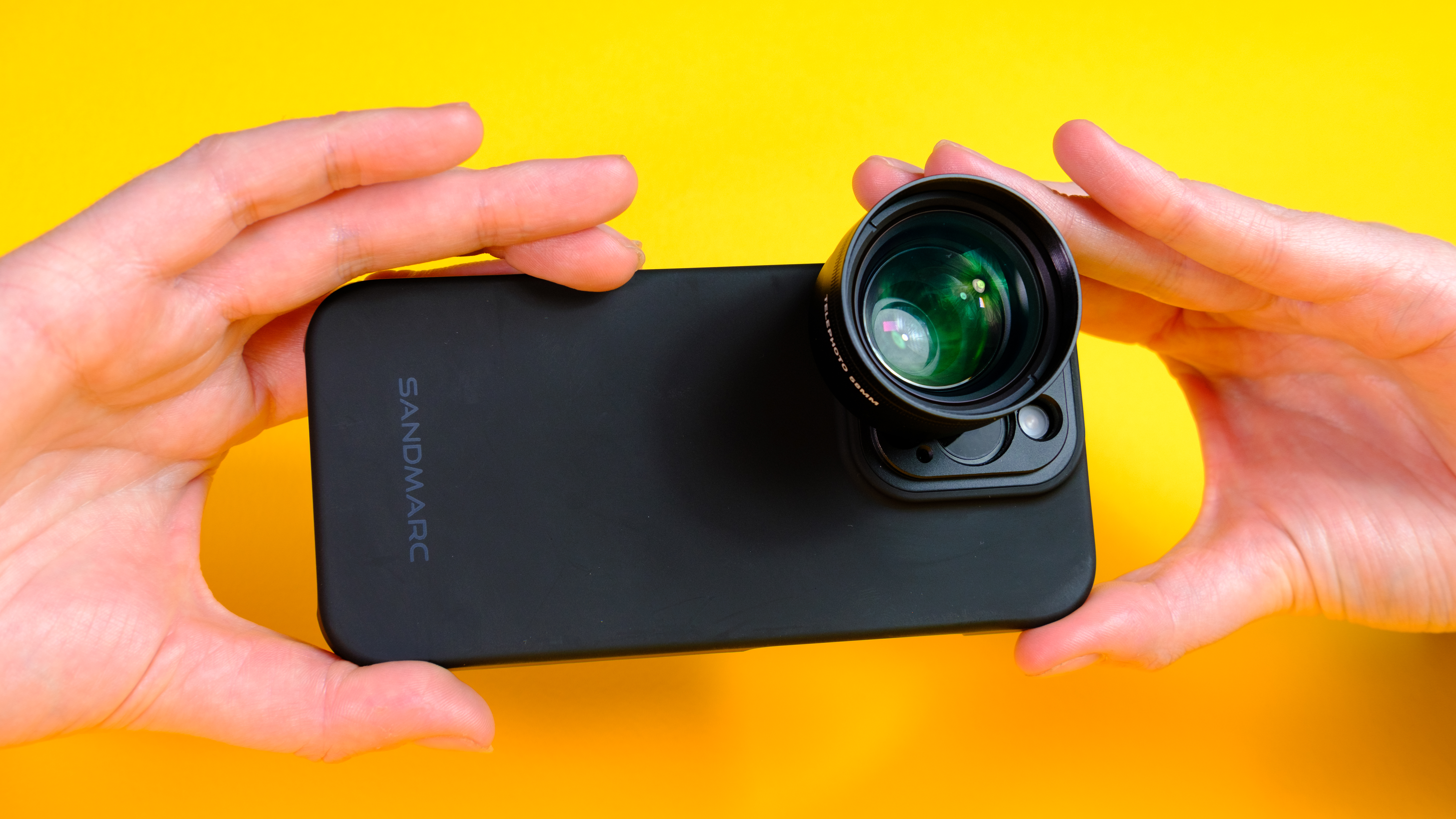
Specifications
Reasons to buy
Reasons to avoid
In my testing, Sandmarc's 58mm 2x telephoto lens resulted in much better image quality than the iPhone's built-in lenses. Image centers were very sharp, and there was a reasonable level of sharpness out to the edges of the frame (although obviously this is relatively — it isn't as sharp as a large lens on a mirrorless camera).
It delivered decent levels of contrast and is a solid lens for architecture, wildlife or landscapes. Its 58mm focal length will also serve well for portraits, although in my opinion the ShiftCam lens is better for portraiture due to tighter background blur and nicer bokeh. This lens does suffer from noticeable chromatic aberration, but again it's important to remember that this is not a $2,000 mirrorless camera lens.
Sandmarc also offers a wide variety of lenses, from wide angle macro through to 6x telephoto and even a microscope lens. All Sandmarc lenses come with a clip to attach them to your phone, but we found this slipped about easily, moving the lens from the ideal spot, plus it always takes up space on your phone screen.
For best results, you'll want to purchase the additional case. And while Sandmarc offers lenses for iPhones all the way back to the iPhone 7, it doesn't offer lenses for any other phones, so if you switch devices you won't be able to use your lens collection.
In general, Moment lenses still (just) outrank Sandmarc lenses, although there isn't a lot in it. Moment lenses can be used on lots of devices, which is a big win. Image quality is great across the board, although as I alluded to above above, we were far more impressed by Sandmarc's tele lens than Moment's, so if your priority is zoom, opt for a Sandmarc kit.
- Read our full Sandmarc iPhone lenses review
Best iPhone lens for portraits
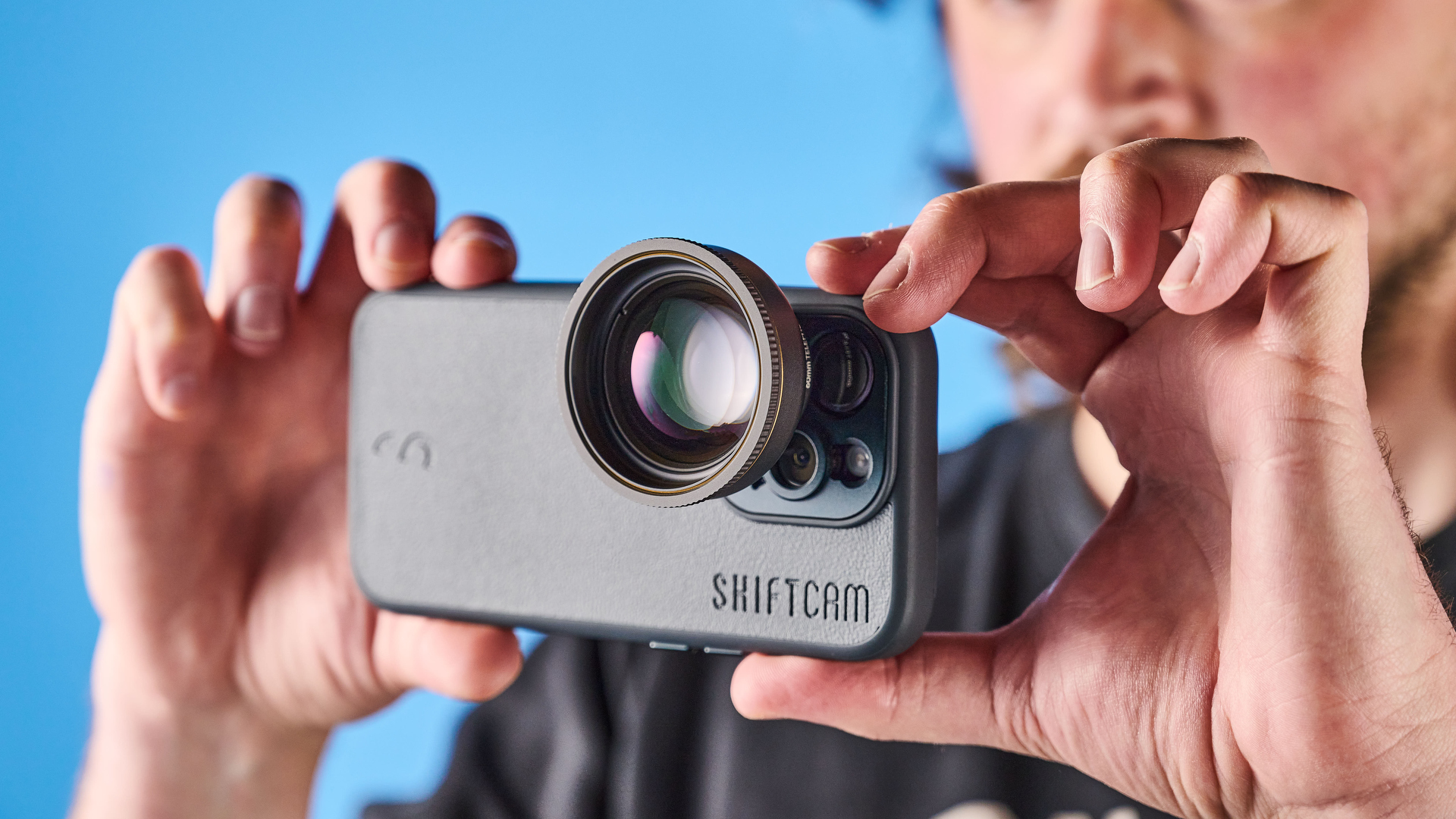
Specifications
Reasons to buy
Reasons to avoid
The ShiftCam 60mm telephoto lens isn't the sharpest iPhone tele lens, which is why the Sandmarc takes the spot as best tele above. However, the ShiftCam 60mm is perfect for any budding portrait photographers out there.
Not every lens has to be perfectly sharp, and there's a lot of fun to be had by embracing imperfection and character. In testing, I loved the characteristics of this lens, which lend themselves nicely to portraits.
It has a steep focus drop off, resulting in atmospheric blur to give a dreamy effect — it looks much more natural than the fake software blur applied by your iPhone in portrait mode. It also generates really tight background blurs to isolate your subject, while its bokeh is much nicer than the Sandmarc 58mm. The lens produces very little chromatic aberration, too.
But since it isn't the sharpest lens, even in the center of the frame, it's not the best for landscapes, wildlife or architecture. However, I can also see this lens being a great one for street photography, or indeed any genre where you're trying to capture the atmosphere of a moment rather than the sharpest portrayal of one.
ShiftCam lenses retail for around the same price as Sandmarc lenses, which means they're cheaper than moment lenses. Nevertheless, ShiftCam's build quality is second to none. This lens is beautifully built and looks premium. It also comes with a sturdy carry case complete with a carabiner for easy attachment to (and detachment from) camera bags or pocket zips.
ShiftCam also uses a screw thread system for attachment to its iPhone cases. This is secure for a start, but is much less concerning than the bladed wingtip system on Moment lenses, which feels like it'll scratch your iPhone camera.
ShiftCam's lenses are compatible with a range of smartphones, but the company only makes cases for iPhones, meaning Android users will need to use an inferior universal clip mount. Overall though, the ShiftCam 60mm telephoto is an utterly lovable little lens that's well worth its price.
- Read my full ShiftCam LensUltra review
Best iPhone macro lens
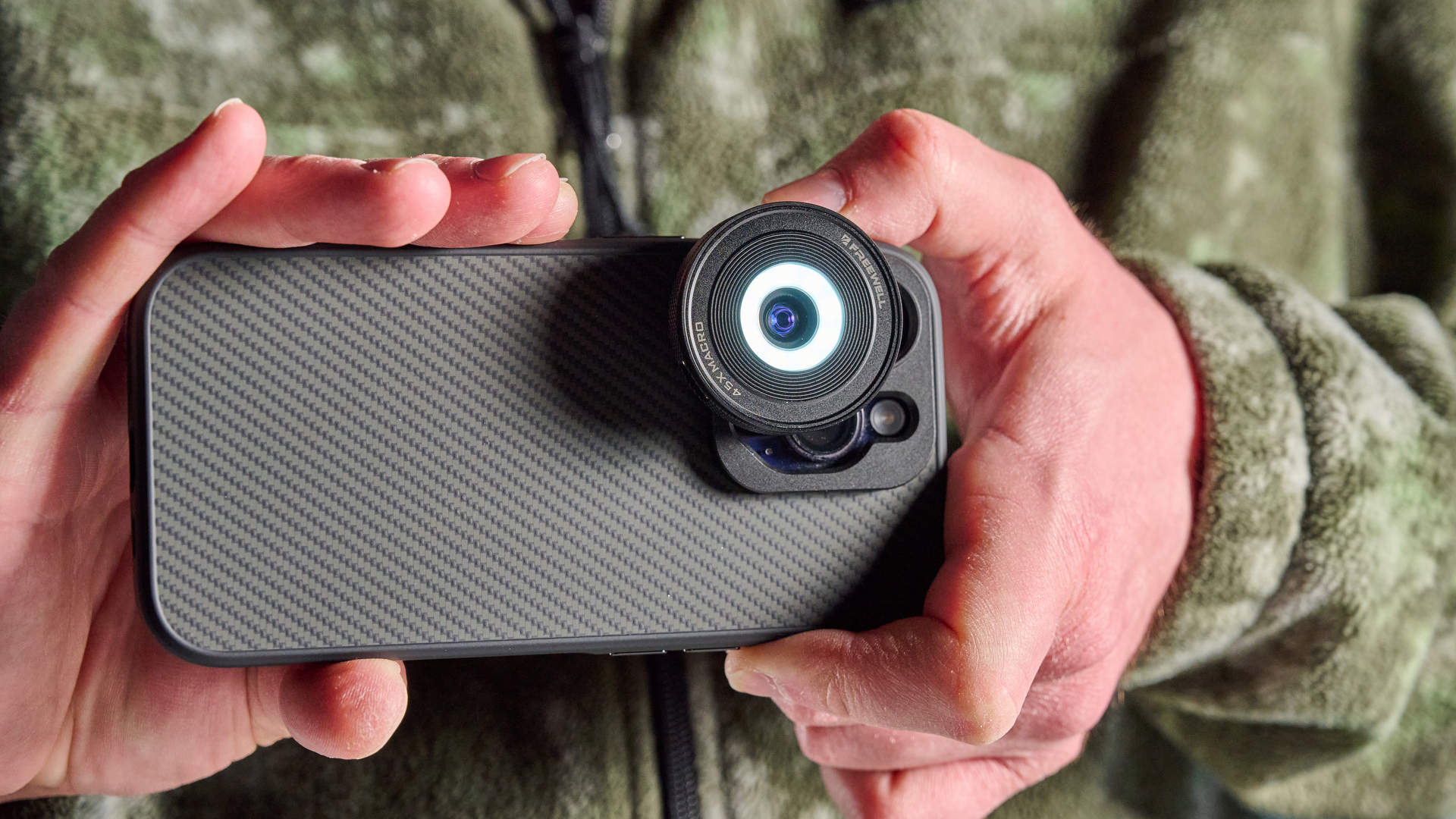
Specifications
Reasons to buy
Reasons to avoid
I'll be honest, I wasn't a huge fan of all Freewell's lenses during testing. However, the brand's 45x macro lens is an absolute winner. I wouldn't describe this as a macro lens as much as I would a microscopic lens. With 45x magnification, you get incredibly close into the detail.
You have to be absolutely flat against whatever you're shooting, as you can see in the image below.

However, the results are super cool, as you can see in the sample video below. I was able to zoom right into the coffee card and even see the fibers of the paper!
This lens is very compact and lightweight, with a flat edge that will help you get totally flat against your subject. It also has an LED ring light built-in, that can be recharged via USB-C, to light your subject (given you'll be totally flat on top of it and blocking all light).
You will need to use a third party camera app, though, as you'll have to set where your phone's focal point is. Freewell doesn't offer an app, but I used the Moment app (iOS only).
I was seriously impressed by this little lens, and if I were to review it alone, it would've gotten 4 stars! It uses a 17mm thread to mount to cases (the securest way of mounting), and this size is a universal standard, meaning you should be able to fit this lens to aftermarket cases, and not need to use Freewell's own case, which broke during our testing.
- Read our full Freewell 45x Macro lens review
Best iPhone thermal lens

Specifications
Reasons to buy
Reasons to avoid
The TOPDON TC001, TC002 and TC002C are fantastic thermal cameras for anyone who wants to measure the temperature of appliances and tech. Home inspectors and electricians will find it useful, but so will tech journalists who test lots of products.
This smartphone lens delivers excellent value, turning your phone into a thermal camera in seconds. Depending on the model you get, the TOPDON lens will be compatible with USB-C Android devices, lightning cable iPhones, and USB-C iPhones.
The lens measures temperatures ranging from 4-302°F (-20-150°C) and 302-1022°F (150°C-550°C), depending on the mode, and the temperature is easy to read and very accurate.
In our testing, the lens performed impressively, detecting temperature differences as small as 0.1°C, whether measuring indoor heat loss or boiling water. Its compact design, great build quality, and the user-friendly companion app make it a highly portable and versatile tool for temperature monitoring.
Compared to the likes of the FLIR ONE Gen 3 and the Seek Thermal CompactPRO, it holds its own in performance, and it’s cheaper too. And unlike dedicated thermal imaging devices, you don’t need to spend thousands of dollars anymore.
However, the camera occasionally freezes due to the sensor recalibrating itself, and it’s difficult to use with a thick hard phone case.
Despite the minor drawbacks, the TOPDON lens offers exceptional accuracy and ease of use. It’s reliable, portable and can be used right out of the box by professionals and hobbyists alike. Its accuracy and affordability make it a great buy.
- Read our full TOPDON TC002 review
The best 2-in-1 iPhone lens
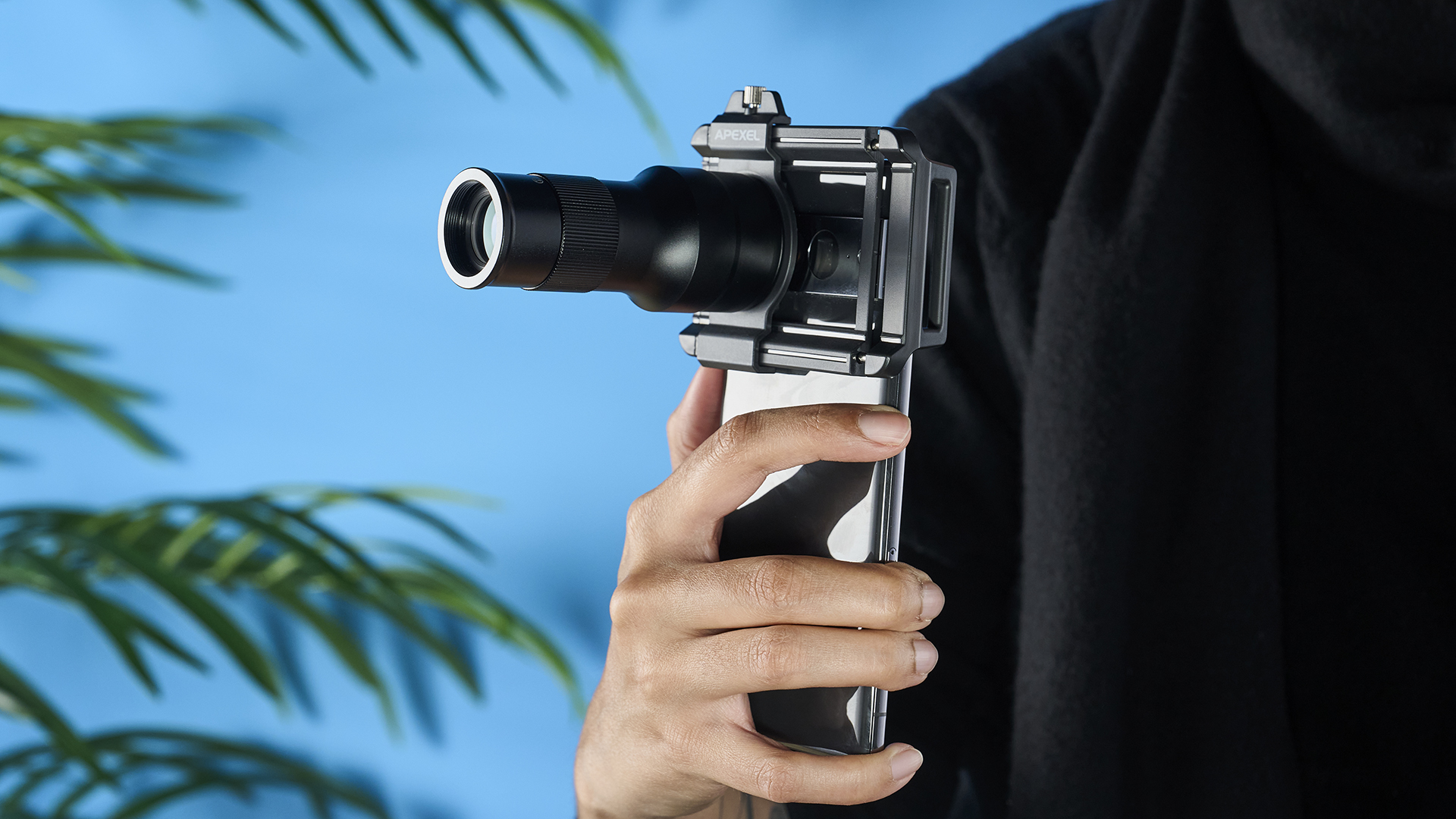
Specifications
Reasons to buy
Reasons to avoid
If you’re looking for a telephoto and macro lens in one to elevate your photography, then the Apexel TM6 TeleMacro is the perfect lens for you. Reasonably priced, this 2-in-1 lens offers lots of versatility and is designed for casual photographers on a budget.
The TM6 TeleMacro is a two-in-one lens that combines telephoto and macro capabilities, offering impressive reach and detail without the high price tag of brands like Moment and Sandmarc.
In our testing, this lens produced sharp, true-to-life telephoto images with smooth background blur that adds a nicer aesthetic and professional touch to portraits and nature shots. Its universal clip-on mount is user-friendly and compatible with most smartphones, making it more accessible.
Tele shots taken with this lens have noticeable chromatic aberration though, as we could see color fringing along the outlines of some subjects. Macro shots, while hit-or-miss, turn out well in the right conditions.
The extremely thin depth of field produces a nice aesthetic with a soft and smooth background. The lens also does a great job of isolating a macro subject, revealing hidden worlds that you wouldn’t have noticed otherwise.
It’s important to note that this is a heavy lens, especially compared to Moment’s and Sandmarc’s offerings. The heavy weight also means that it’s difficult to keep it still. We noticed this especially while shooting macro photos, as the bulkier weight made it tricky to stabilize, leading to mixed results. A vignette-like effect also appears when shooting at 1x zoom, though it’s easily bypassed by zooming in slightly.
Compared to Moment and Sandmarc lenses, the TM6 TeleMacro lens is very affordable, and while it lacks the case-specific fit of premium lenses, it’s a sturdy and versatile option. Ultimately, it’s a good way to bring new depth to smartphone photos without splurging on high-end camera gear.
- Read our full Apexel TM6 TeleMacro lens review
How we test iPhone lenses
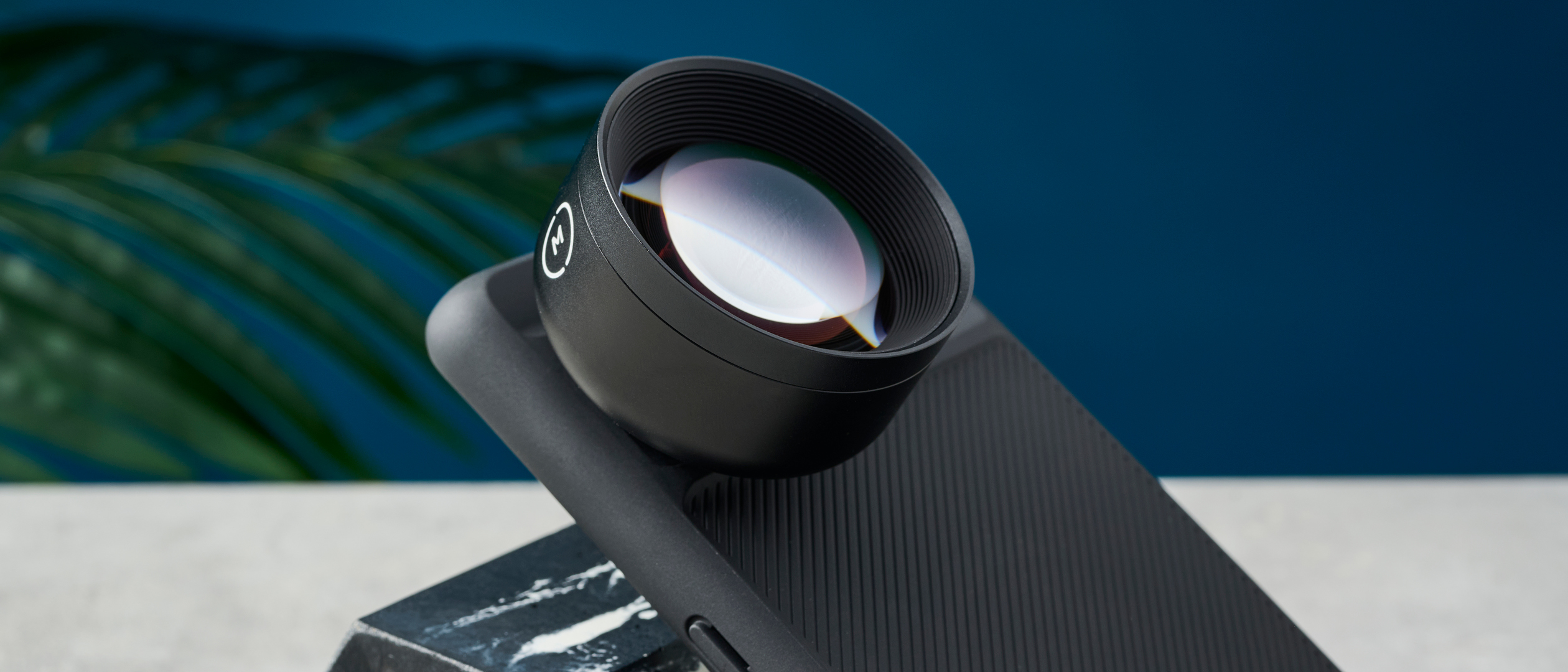
When we test iPhone lenses, the first thing that we naturally look at is how well they perform; how do the images look versus an image took with a built-in smartphone lens?
To do this, we take a series of photos with a smartphone built-in lens, then with the external lens, matching the frames of view to give the same scenes. This allows you to see like for like comparisons.
When we analyze the shots, we're looking at a range of criteria to assess lens performance. Firstly, there's sharpness: how sharp and well-defined are the image details when viewed up close.
We look for any noticeable warping from distortion on wide angle lenses, how well macro lenses focus up close, plus the quality and tightness of background blur. We'll also keep an eye out for any artefacts (optical distortions that negatively affect the image) — things like longitudinal and chromatic aberrations.

We then look at build quality, both in terms of the lens' optics and its body, to get an idea of how well they'll stand up to the test of time. We also evaluate iPhone lenses in terms of ease of use: how easy are they to attach and remove from your smartphone?
If it takes longer than a second, you could miss that shot you wanted to get. Do they require or come with a case? Bespoke lens cases are often the best way to attach a lens to your phone, as clip mounts can shake about or misalign, ruining a shot.
Of course, we also look at the price. A general rule in photography is that good glass doesn't come cheap, but we still want you to save your hard-earned bucks wherever possible and avoid overpaying for new photography accessories.
Lenses also get bonus points if they work with more than just iPhones; why can't Android owners have some fun, too? With all of those criteria considered, we're able to compile our list of the best iPhone lenses.
How to choose the best iPhone lens for you
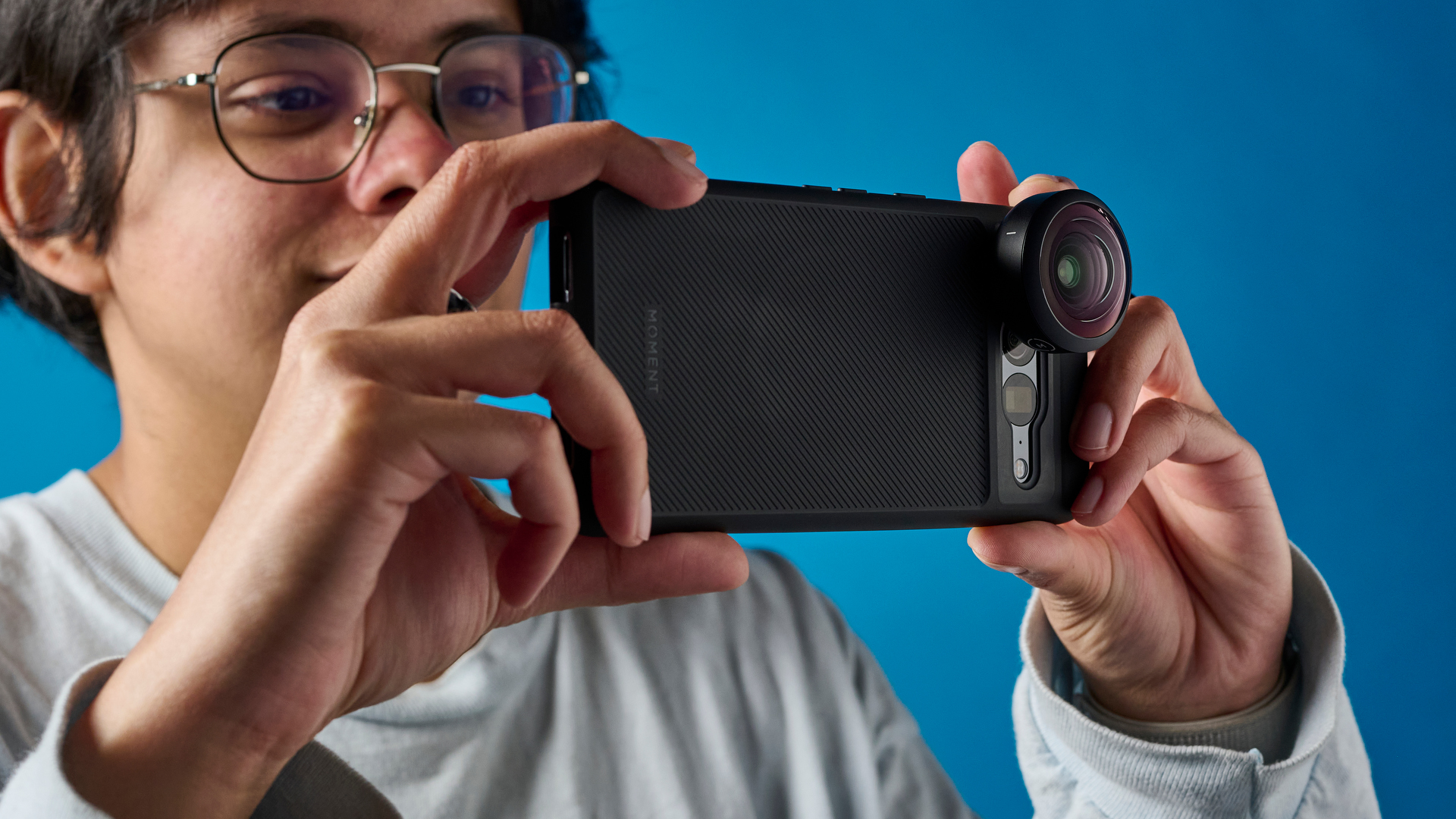
How do you choose the best iPhone lens (or lenses) for you? There are a few things to consider.
1. What phones do they work on?
Many iPhone lenses, like the ones from Moment, work across multiple different devices, so whether you're using an iPhone, a Google Pixel or a Samsung phone, you can still have some fun with external lenses.
However, some lenses only fit certain phones, like the Sandmarc lenses, which are iPhone and iPhone model specific. You'll need to make sure the lenses you buy fit your phone.
2. How do they attach?
Next, consider how the lenses are going to attach to your phone. The best way to do this is using the cases that many smartphone lens manufacturers design for their lenses. These allow you to lock in lenses firmly in the correct position against your iPhone's built-in lenses, aligning the optics correctly for the best shots.
If a case isn't included, we'd advise factoring one into your budget. Usually manufacturers will provide clip-on mounts with their lenses, but these aren't very stable.
3. How large and heavy are the lenses?
Remember, if you aren't a photographer already using one of the best mirrorless cameras, you may be unaccustomed to lugging lenses around with you, and let me tell you, it can be a pain.
Many of the lenses in this guide are large, maybe not compared to lenses on full-sized cameras, but enough so that they'll take up extra pocket room or require a bag. So, consider what size the lenses are and whether this suits your needs.
Telephoto lenses are usually larger, as their optics need to be placed further from your camera's sensor to achieve a greater optical zoom. On the contrary, despite having "wide" in their name, wide angle lenses are usually smaller (at least in the iPhone lens arena). "Wide" simply refers to their field of view, which is wider than telephoto, which we'll cover next.
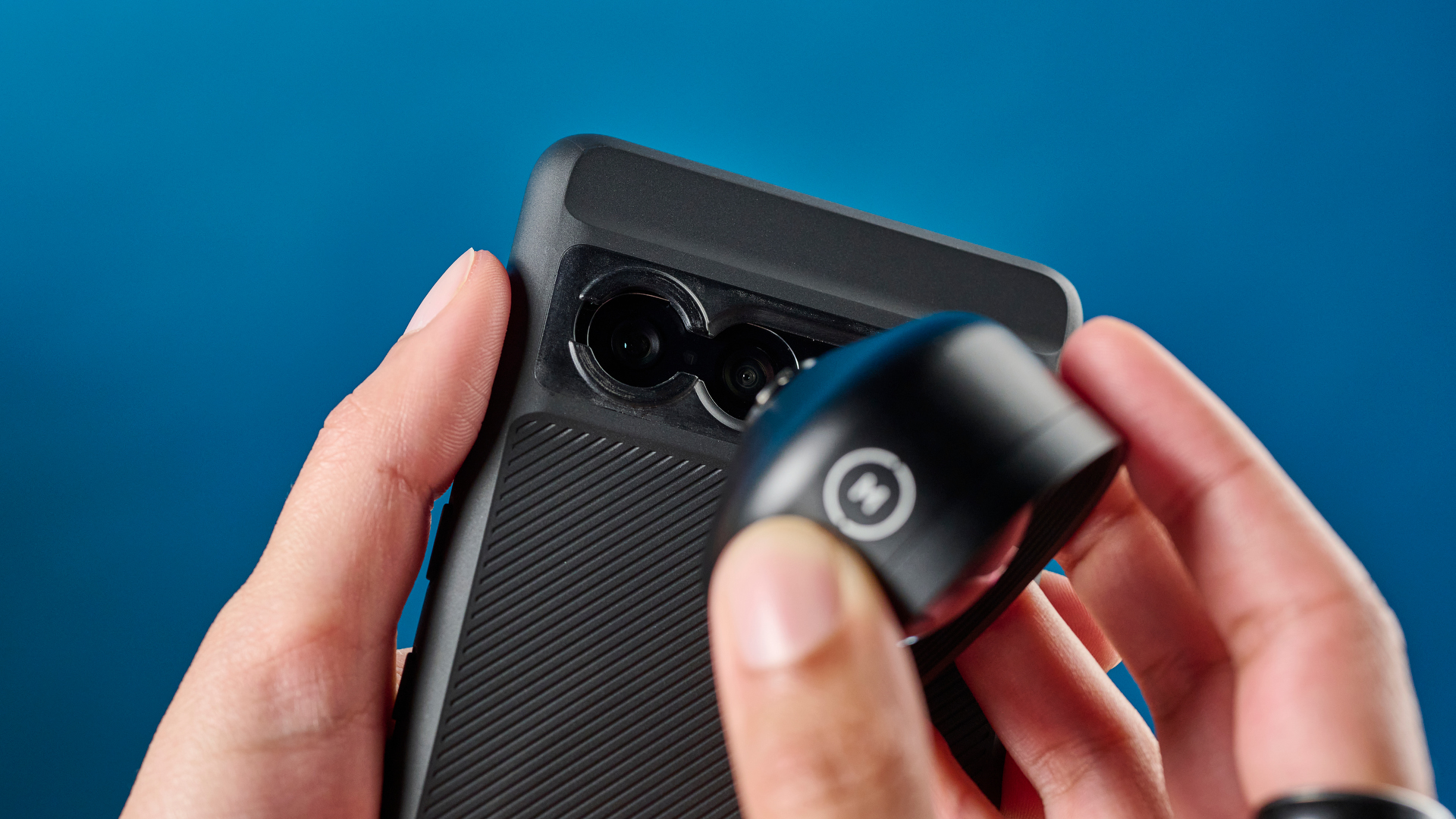
4. What focal length do you want?
Telephoto lenses provide greater optical zoom, meaning they bring far away objects closer. If you want to increase the optical zoom range of your smartphone, to take wildlife photos for instance, opt for a "tele" lens. Telephoto focal lengths like Sandmarc's 58mm are also better for portraits as they don't suffer the barrel distortion (fisheye effect) of wide angle lenses, giving a more flattering final result.
Wide angle lenses are great for capturing more of a scene, as they have a much wider field of view than telephoto lenses. If you need to squeeze in a whole building, or you're shooting up close, a wide angle is what you want. Bear in mind, though, that wide angle focal lengths tend to cause barrel distortion (fisheye effect) which is unflattering for portraits. Wide angle lenses generally allow for closer focusing than telephoto lenses, too.
Macro lenses will allow your phone's camera to focus much closer than it perhaps can without. Despite modern smartphones featuring macro modes, these are often achieved using digital zoom, which results in worse image quality than optical zoom (using lenses).
Read our optical versus digital zoom face-off to find out more. Macro lenses like those from Moment and Sandmarc allow for a somewhat truer macro experience, so you can get up close and personal with a lens.
They won't provide the same levels of magnification as a proper macro lens for an ILC camera, but they tend to do a better job than your smartphone can alone. With macro lenses, you'll find the depth of field is razor sharp so only a thin sliver is in focus.
What's more, with wide angle macro lenses you often have to get so close to your subject that you cast it in shadow — it could be worth investing in one of the best ring lights to keep your subjects lit.
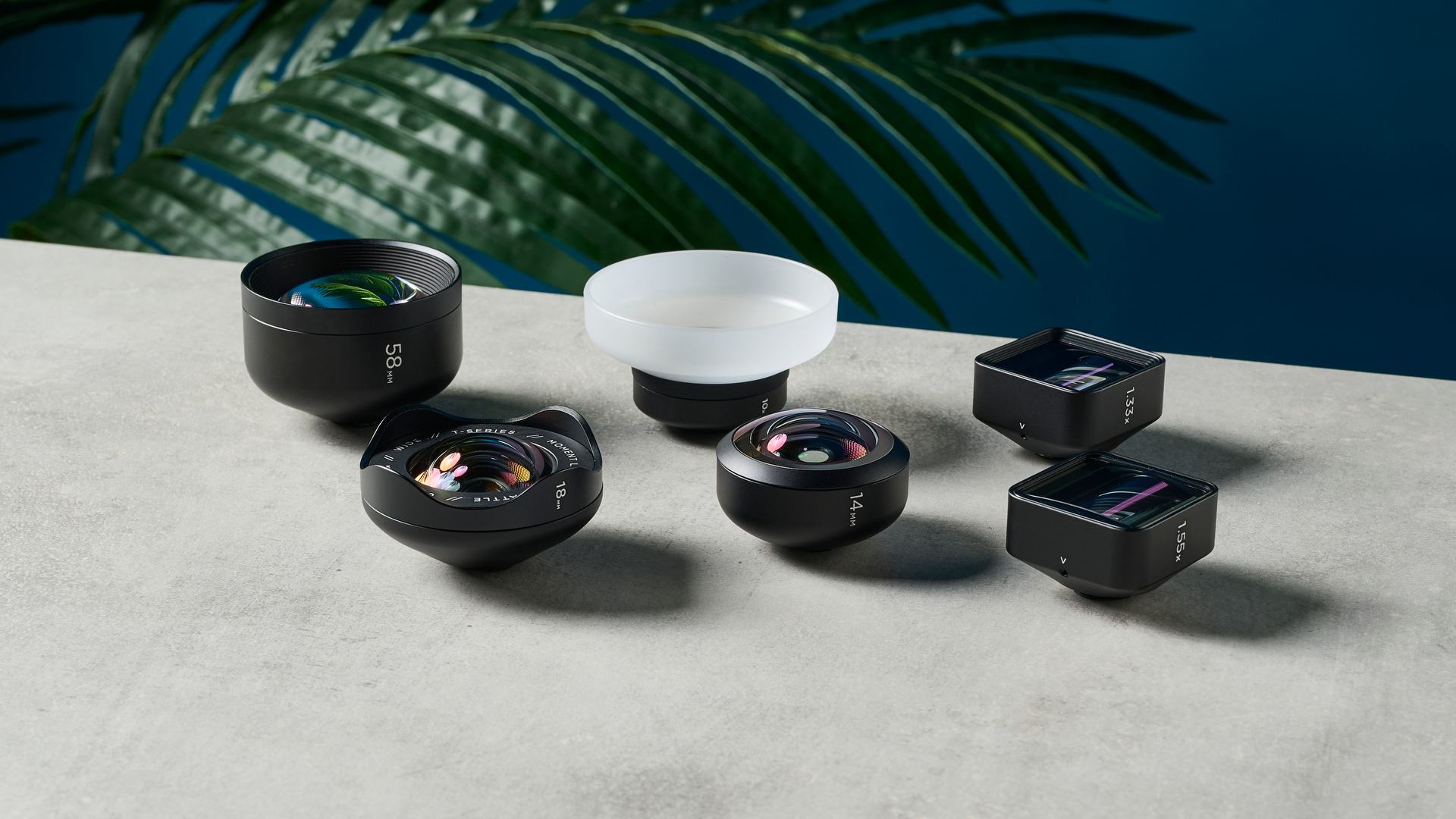
5. Keep your expectations realistic
While iPhone lenses can improve your smartphone photography and add features otherwise unavailable (like macro photography), all the lenses we test have to be strapped to your smartphone's rear camera lens.
This means they're still using the same sensor and adding more layers of optics, rather than changing the optics completely. Many iPhone lenses will deliver increased sharpness in the center or at the edges of an image, and for the most part, smartphones lens accessories do an admirable job of allowing you to shoot photos that mimic some of the qualities you'll find in high-end cameras that accept interchangeable lenses.
But it's important to remember, the expensive lenses you'd use with an SLR or mirrorless camera are pricey for a reason. In other words, you'll want to dial back your expectations when buying even one of the best iPhone lens kits.
What other iPhone photography accessories do you need?
If you're looking to beef up your other smartphone photography kit, you'll want to check out our guide on the best ring lights, for perfectly exposed selfies and vlogging content every time.
You'll also want to make sure you invest in one of the best iPhone tripods, to make sure you're shooting from a steady platform. Why take photos and leave them unedited? Our guides to the best photo editing apps and best photo editing software will help you decide on the right editing software for you.
And bear in mind that whether you're using one of the best camera phones or best cheap cameras, you'll need lots of storage space for your photos. Don't worry, we've got you covered there too with our guide to the best photo storage sites.
Thinking of upgrading from your smartphone camera? Make sure you read our pick of the best cameras to help you decide which is right for you. If you already know which side you're taking in the DSLR vs. mirrorless debate, check out our guide to either the best mirrorless cameras or best DSLR cameras.
Get instant access to breaking news, the hottest reviews, great deals and helpful tips.

Peter is a Senior Editor at Tom's Guide, heading up the site's Reviews team and Cameras section. As a writer, he covers topics including tech, photography, gaming, hardware, motoring and food & drink. Outside of work, he's an avid photographer, specialising in architectural and portrait photography. When he's not snapping away on his beloved Fujifilm camera, he can usually be found telling everyone about his greyhounds, riding his motorcycle, squeezing as many FPS as possible out of PC games, and perfecting his espresso shots.

